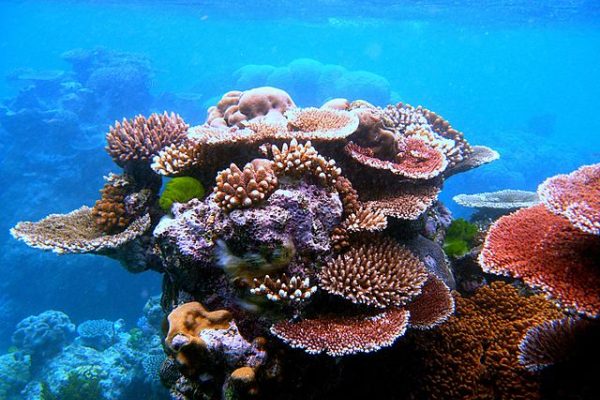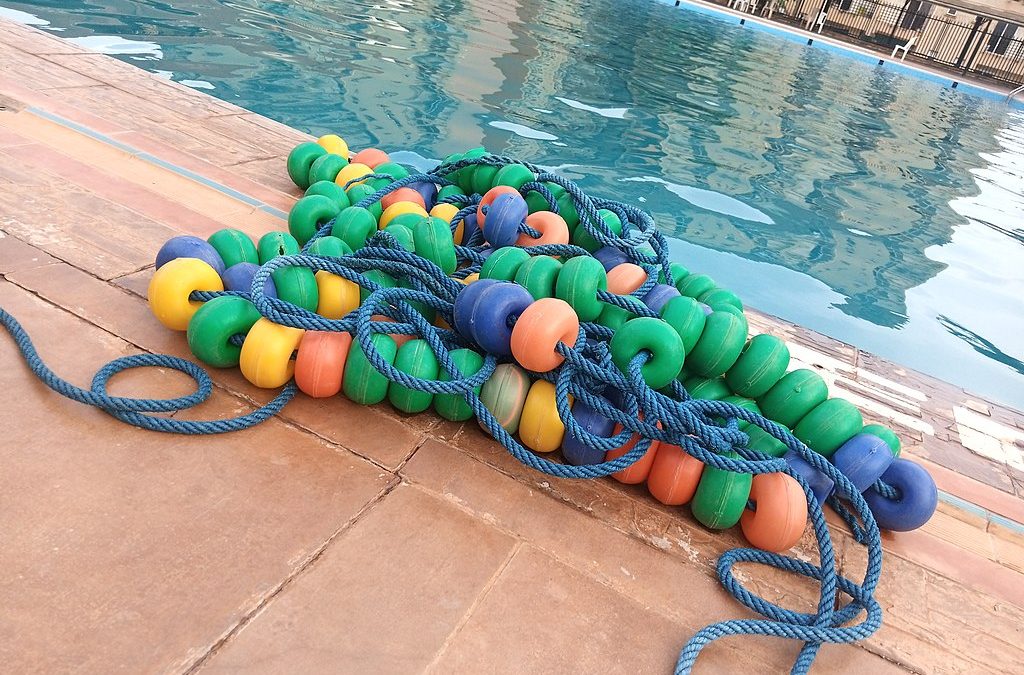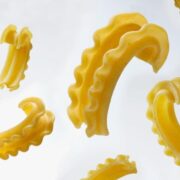
It’s sometimes amazing the things that people can do to help save nature. Scientists have recently discovered ways to use a small electrical charge to help them to regrow coral reefs that have been damaged from overfishing and other detrimental effects like pollution.
In the late 1970s, Wolf Hilbertz discovered Biorock, a “cement-like engineering material formed when a small electric current is passed between underwater metal electrodes placed in seawater causing dissolved minerals to accrete onto the cathode to form a thick layer of limestone.” Today, the “accretion process” can be used to build “electrified reefs” and those reefs are helping sea life.
Reasons To Be Cheerful has the details for how Biorock being used today in poorer areas where coral reefs have been devastated.
In a small fisherman’s boat, two divers set off in the Andaman Islands in India, pulling away from a pristine beach and a coast fringed by mangroves. The sea is every shade of blue, but all is not well beneath the surface of this picturesque archipelago. In the last two decades, its coral reefs have suffered several bleaching events, a tsunami and stress from human activity.
Anjili Sarah and Sangamesh Uday, the two divers, plunge beneath the waves, to a section of the vibrant coral reef that drew over half a million tourists to the islands in 2019-20. Sturgeon, parrot fish and stingrays swim around them as they methodically survey every inch of the reef for algal or sponge growth, new marine life and any new damage. Ninety minutes later, they return to the boat, compare notes and soon, dive again. They do this twice, sometimes three times a week, assessing changes in coral and marine diversity. It is a lot of work for a single reef. But this is no ordinary reef, and Sarah and Uday are no ordinary divers.
They work for ReefWatch Marine Conservation, an organization that has developed nine artificial reefs near the archipelago’s natural coral formations. ReefWatch’s reefs are literally supercharged. Bobbing on the water’s surface, a buoy with a solar panel, connected to the artificial reef’s metal frame, delivers a continuous electrical current. Like a mad scientist’s creation shocked to life by a lightning bolt, this low-voltage charge accelerates the coral’s natural formation process.
In nature, coral grows at a creeping half-centimeter per year through the accretion of minerals dissolved in seawater, which form a thick layer of substrate. But on electrically charged reefs, the electric current takes on some of the heavy lifting needed to deposit essential calcium carbonate on the reef. “This allows coral to grow seven to twelve times faster than in nature,” explains Nayantara Jain, director of ReefWatch. ReefWatch divers collect naturally broken fragments of coral and zip-tie them onto their artificial reefs. They also manually create diverse undersea habitats using rocks, shells and aquatic plants. “We see an immediate uptick in marine life when the artificial reef is set up,” she says. “In time, hopefully it will fuse and bulwark the natural reef.”
The Biorock reefs aren’t just helping to restore ocean life, they’re also helping the people who live in the poor village where it’s being tested.
In Bali, the new reefs are making a huge difference for some of the poorest villages in the world. Smithsonian Magazine wrote, “One survey found that ‘forty percent of tourists visiting Pemuteran were not only aware of village coral restoration efforts, but came to the area specifically to see the rejuvenated reefs,’ according to the United Nations Development Program. The restoration work won UNDP’s Equator Prize in 2012, among other accolades.
Locals are working as dive leaders and boat drivers, and the new hotels and restaurants offer another market for the locals’ catch.
‘Little by little, the economy is rising,’ says the Biorock Center’s Astika. ‘[People] can buy a motorbike, [children] can go to school. Now, some local people already have hotels.'”
That’s a win-win for everyone.
[Read More: T.Rex Skeleton Can Be Yours For A Cool $25 Million]









